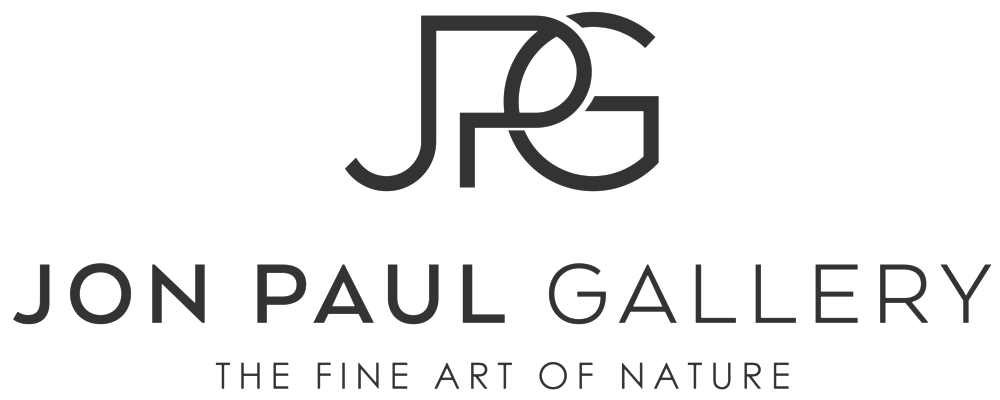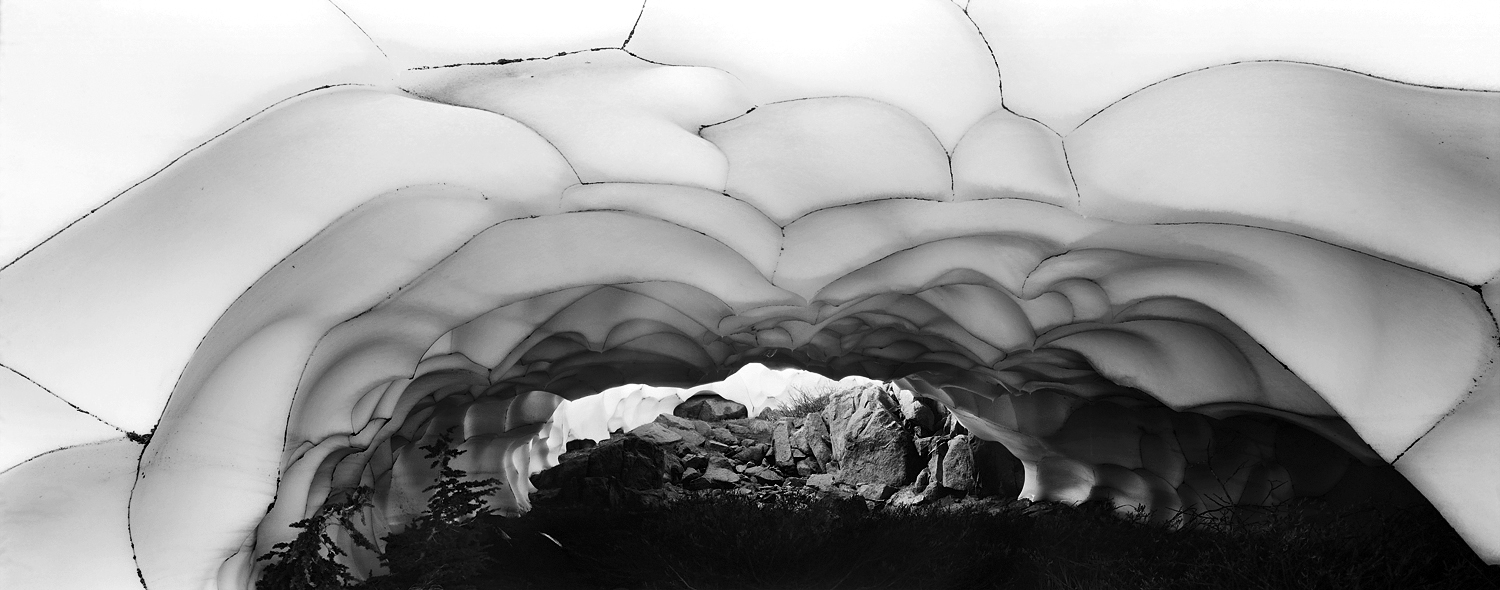One of the most common questions I am asked is, "How do you see what you see?". My very simple answer is, "I feel it". While I have made an effort to understand the rules of composition, I work in a very simple, intuitive way in my approach to composing images. I shoot what I feel, I don't force anything and I carry equipment that is both limiting and freeing. Let me share the creative process I went through in composing this new image.
I set off into the mountains in search of unique images. I didn't know quite what I was looking for, but it was spring in the mountains, and I was happy to be on an adventure. On my back I had my big camera pack containing my 8x10 film camera, adapter to shoot 4x10 inch panoramas, 3 lenses, and film holders with both color and black and white film. I was hunting for something that moved me. I actually passed up some of the best wildflower displays I've seen in years because the conditions didn't work and they didn't motivate me.
As I rounded a small alpine lake and took in the view of one of my favorite valleys, I noticed a deteriorating snow field on the slope below me. As I explored the cave (a tunnel really), I worked through my standard process. Foremost, I was drawn to the abstract feeling of the snow patterns on the roof of the cave. As I composed, I felt that the sky and hillside above the cave were distracting, so I eliminated that by composing with 4x10 inch film. As I settled on my composition, I realized that the color within the scene was dull. This, along with the patterns on the roof of the cave pulled me toward using black and white film. This choice also enabled me to control the contrast in the scene, using the Zone System to capture the entire contrast range, from dark shadow inside the cave to direct highlight outside the cave, in one single exposure.
As I look at the final image, I believe I have produced a final scene that matches the vision I experienced in the field. The equipment I choose to use fits my style. I like to take responsibility for my artistic vision in the field, while I'm experiencing everything about the environment. I choose my composition, film and exposure while in the field. This is part of what I have dubbed, "The Fine Art of Nature". I don't want to leave the details of my final print up to future interpretation while in an emotionless, sterile office. I choose to do my art in the field. I simply leave the fine tuning of the print, which can't be done in the field, to last.
I hope you enjoy the experience I've shared.
Jon Paul

